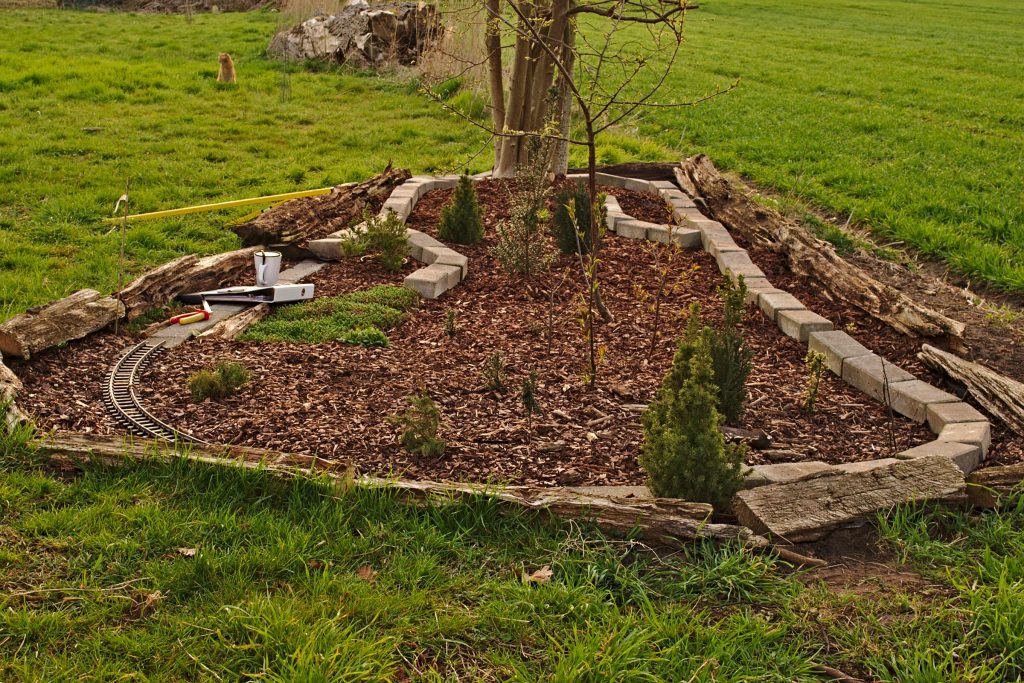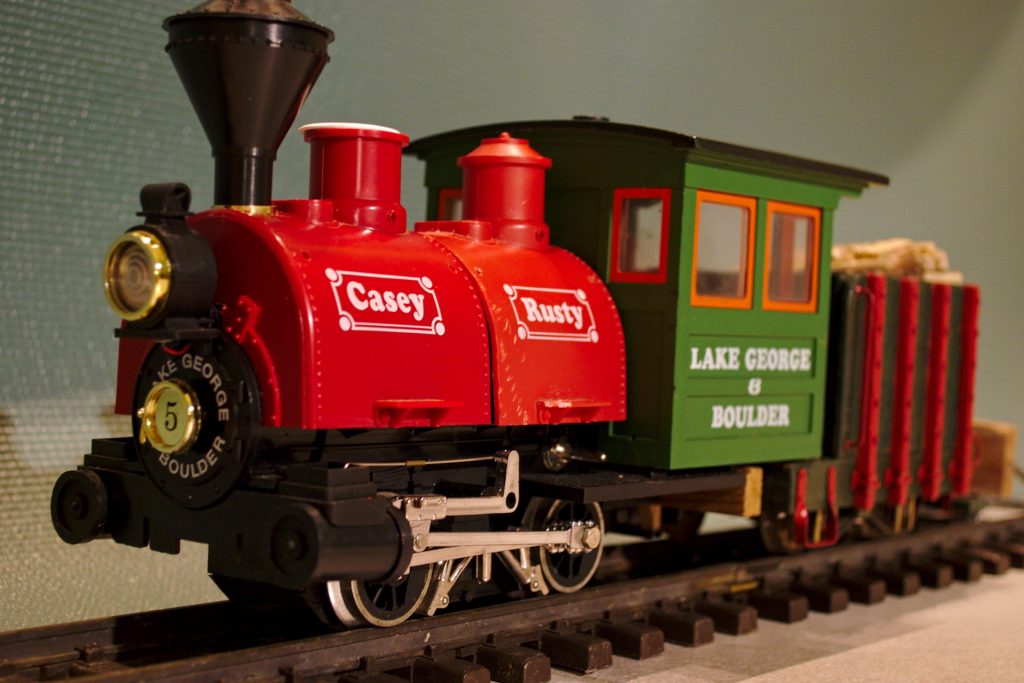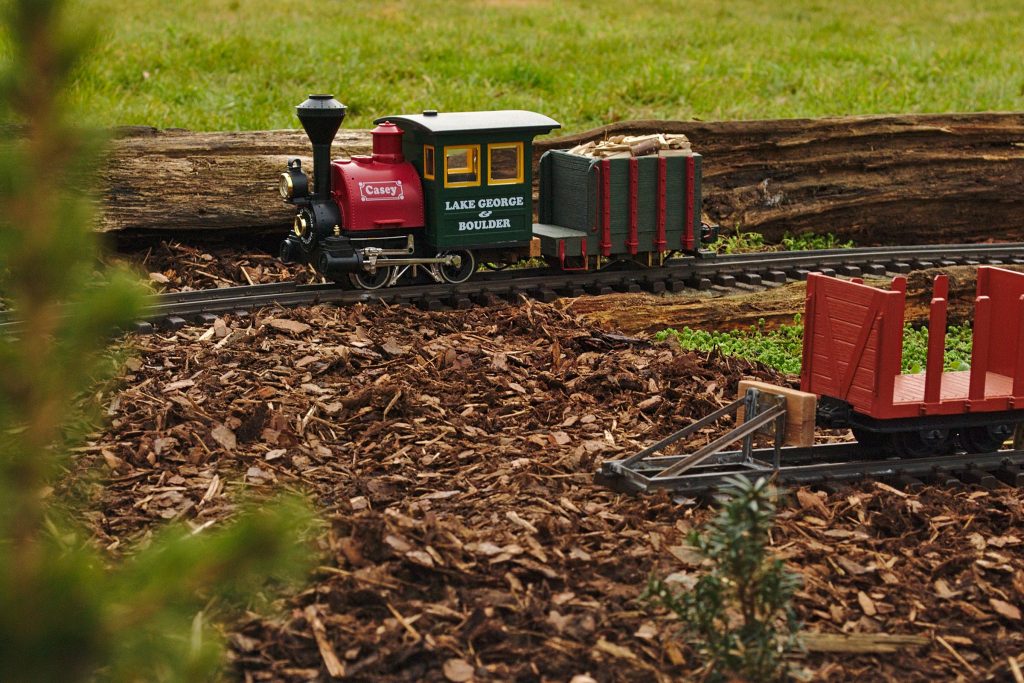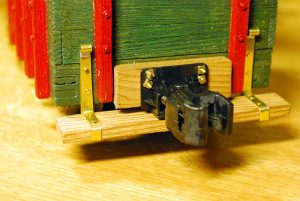As I’ve already written in my post concerning the removal of my garden railway, I got hopelessly lost during the last years both from a financially and contentwise.
Today I’d like to explain to you the consequence I’ve drawn. In one word, it is:
Concerning Hobbies
As I’ve already written in my post concerning the removal of my garden railway, I got hopelessly lost during the last years both from a financially and contentwise.
Today I’d like to explain to you the consequence I’ve drawn. In one word, it is:
It’s been more than one and a half years, since I last posted on the garden railway. In the meantime I decided to remove it. The reasons are simple: no time, no money, too many ambitions.
Garden railways are expensive on both accounts. Paul Race recently published a very good article on his wonderful website: Which Comes First, the Garden or the Train? One of his core arguments is:
Initially you should plan to spend over twice as much on track as you do on trains. And over twice as much on your garden and landscaping as you do on the trains and track put together.
I concur. Besides the financial aspect I didn’t (couldn’t?) take enough time to work on the railway. And so it came during spring that my wife mentioned the perpetual construction site, which really was no pretty sight to see.
As I wrote earlier, I’m going to switch my father’s Mogul loco to battery power. However, I want to gain some experience first by modernizing my porter loco.
At the finish line the porter as well as the mogul locos will be equipped with DelTang receivers and Li-Ion powerpacks.

Work on the track foundations proceeds
Picture 95 of 100 on the road to the prime lens.

The little engine is growing, too
Picture 87 of 100 on the road to the prime lens.

The track is growing slowly
Picture 86 of 100 on the road to the prime lens.

Since I found my way back to model railways, I had the wish to build my own garden railway. When we moved back in 2015, a garden became available and this spring my father left me over some tracks. But it wasn’t until this autumn, that I could find enough time and money to actually start with construction.
Since the first test run some time has passed by, but there have been only a few opportunities to make progress with the tender’s construction. Nevertheless I managed to slip into the shop now and then and today I’d like to summarize the progress.

The most important thing first: the tender’s got a knuckle coupler. On the one hand it seemed plausible to me, since I’m going to model a railroad at the beginning of the 20th century, as mentioned on creating the blueprints. On the other hand I’m hoping for easier operations. I’ve already got some experience with link and pin couplers and I find it quite cumbersome to pull and put the links and pins between the cars with a long set of tweezers. Knuckle couplers however allow for automatic coupling at the best of times, especially if you can set brakes on the cars. Decoupling is even easier if you have cut levers at the side of the cars or use an R/C-controlled servo to pull the pin.
A lot has been going on in the last months, hence I haven’t found much time to post on this site.
I posted the last updates on building the Porter tender in single posts, with their date matching the days when I actually worked on the model. Since some of them date back several months, here’s a list of new posts:
Besides that I created an index page listing all posts concerning my construction diaries. I hope this will make it easier to find specific steps in the construction process. The index page is now listed as a submenu item of “Model Railway”.